Sometimes talking with our kids is like pulling teeth. It’s not always easy for kids to put their thoughts and feelings into words. Art is a fantastic tool for connecting and communicating with our kids! Amy Maricle of Mindful Art Studio is back to help you use art journaling with your kids.
Why Art Journal with Kids?
Art journaling is fun way to make art. It’s an anything goes, experimental art playground. You might be familiar with the idea of an artist’s notebook, sketchbook, idea-book, scrapbook, or written journal. It’s all those things wrapped up into one messy, creative, inventive ball.
There are really no rules in art journaling, which means it’s a great place to express your feelings, and engage in “art play,” no matter your age. I’ve used it throughout my teen and adult years, at times drawing, painting, and collaging, and at others, writing, venting, and brainstorming. I use it for myself, with my kids, and with my art therapy clients. I’d love to share it with you too.
Much like using “I statements” when talking about your feelings, or learning to say what you need in a relationship, I find art journaling is a powerful tool that helps both kids and adults take care of their feelings, and have a lot of fun doing it.
Connecting with Your Kids Through Art
The most important tip I have about art journaling with your kids is that it should be a shared activity. You’ll quickly discover that while you say you are buying materials “for the kids,” you’ll be testing out techniques or stealing away to do it when the kids are in bed.
This is wonderful because the more engaged you are in the art, the more likely your child is to be as well. Visual language (no matter your skill level) is a powerful way to connect, far more powerful than watching a screen together.
My second tip is that you both have your own journal. There will be times that you decide to make art together in one journal or the other, or perhaps a third, shared journal, but this way you both get your own space for emotional expression. When you as a parent take risks to do something unfamiliar and express how you really feel in images and words, you will model healthy self-expression for your child.
8 Art Journaling Prompts for You and Your Kids
I’d like to share a number of projects that might be fun to try with kids and teens of varying ages. Knowing that every family has their own dynamics and personalities, as you make your way through these suggestions, you can adapt them to best fit you and your family.
Fingerprint faces: Fingerprint faces are a fun way to help your child accurately read and express emotions. You can make these drawings as simple or detailed as you wish.
Try some of the variations on this exercise too: You can make the fingerprints into little animals with emotional expressions, paint colors in each emotion block instead of pictures, or make a game out of imitating the faces you have drawn for each emotion.
RELATED: Help your kids manage anxiety with art
Make Art to Music: Choose 2-3 songs that express different emotions. Here are some ideas to get you started: slow and sad piano, angry heavy metal, hurried, anxious Japanese drumming, calm yoga music, and a happy, carefree Taylor Swift song.
Beautiful “Mistakes” Collage: Save art pieces and cut pretty little areas out of them. Use these areas to create a collage. You can find a tutorial here.
Make Your Own Story Book: Use the techniques in this post to make your own art journal. Next, help your child write and illustrate a short story. Talk together about what the characters might be feeling and thinking.
Shared Journal: This is especially great with teens, as verbal communication tends to break down a bit in the teen years. Start by making a drawing or painting in the journal. Pass the journal to your teen, without discussion of the art. She sees your art, and creates a “response” to your art piece, not with words or writing, but through another image in the journal. She gives the journal back to you, and you continue the “visual conversation” as long as you wish.
You may choose to stop and talk about the art after each of you has said something in art, or wait until it feels natural. It’s fun waiting for a response image, and often thrilling to see how much more deeply the images can sometimes resonate with us than our words.
Power Doodles: Divide the page into sections, and in each one create a different intricate pattern. It can be something simple using lines and dots, or more elaborate. I have a pinboard with some great doodle pattern ideas to give you some ideas.
Collaborative, Creative Writing: Create a “Messy Background” and use it as an artsy backdrop for a story you create together. You can do this in real time together, or by passing the journal back and forth, taking turns in the narration of the story. Here is a list of writing prompts to help you write about your feelings.
Create a Patterned Page: Start with a watercolor background. (Here’s a free download with instructions.) You can either use a hairdryer to speed drying time or do several backgrounds and wait for one to dry. Next use a stamp and ink to create a pattern across the whole page. (You can make your own stamps together with bottle caps and craft foam.)
Next write about what’s on your mind in lettering that varies in height between each stamp. Teens who are concerned about parents’ reading their private entries can also use “arts” scribbling to cover their words and add depth to their page.
Create a Gripes and Gratitude Journal: You will dedicate half of this journal to rants and “getting things off your chest,” and the other half to naming things you are thankful for. The rule is that for each gripe, you must name at least one thing for which you are grateful. The gripes and “gratitudes” should appear on separate pages each time. Some people let pages flow naturally, while others designate one side as gripes and the other as gratitudes.
This can be an interesting exercise when you do it together with your child. The focus can be on your child’s feelings and needs, but you can still model expressing your feelings well. For example, your gripe might be “I felt really frustrated with myself this morning for being late,” and your gratitude, “I feel so lucky to have such a supportive sister,” this is great modeling. You can help your child expand beyond just a one sentence in their journal as they get older. You might also choose to decorate the pages to reflect the moods and reflections contained within.
How to Talk with Your Kids About Their Art
Talk with your kids about their art, but mostly listen. Rather than making evaluative statements like, “That’s so pretty,” try commenting on the process. For example, “I really love watching you draw. Would you tell me about it?”
This kind of comment can go a long way towards helping your child feel seen and appreciated while opening up more conversation about his or her art work. It’s important to find out what your child is expressing through their art before commenting on the content.
With a younger child, you can ask if they can narrate a bit of the “story” of what’s happening. When they are young, you can be the scribe and write it down for them.
Another plus of art journaling with your kids is that it’s a creative way to record special moments with them. This is a lesson I’ve recently had highlighted by the lovely Marina at Mindful Memory Keeping. She has tons of creative ideas for keeping memories with your family.
For more information:
If you like some of these ideas and are looking for more ways elaborate and explore, you will love my e-book, Starting Your Art Journal, the affordable and intuitive guide to starting an art journal. If you are looking for more support with your creative journey, you can join Creative Self-Care, a private Facebook group focused on using art and creativity for healing.
You can find Amy at Mindful Art Studio and sign up for regular tips and free workshops on art journaling, creativity, mindfulness, and self-care.
Meet Amy:
 Amy Maricle is an artist, art therapist, author, and blogger who wants everyone to experience the healing power of art. She works in Foxboro, Massachusetts and lives nearby with her family and two trouble-making, lovable pooches.
Amy Maricle is an artist, art therapist, author, and blogger who wants everyone to experience the healing power of art. She works in Foxboro, Massachusetts and lives nearby with her family and two trouble-making, lovable pooches.

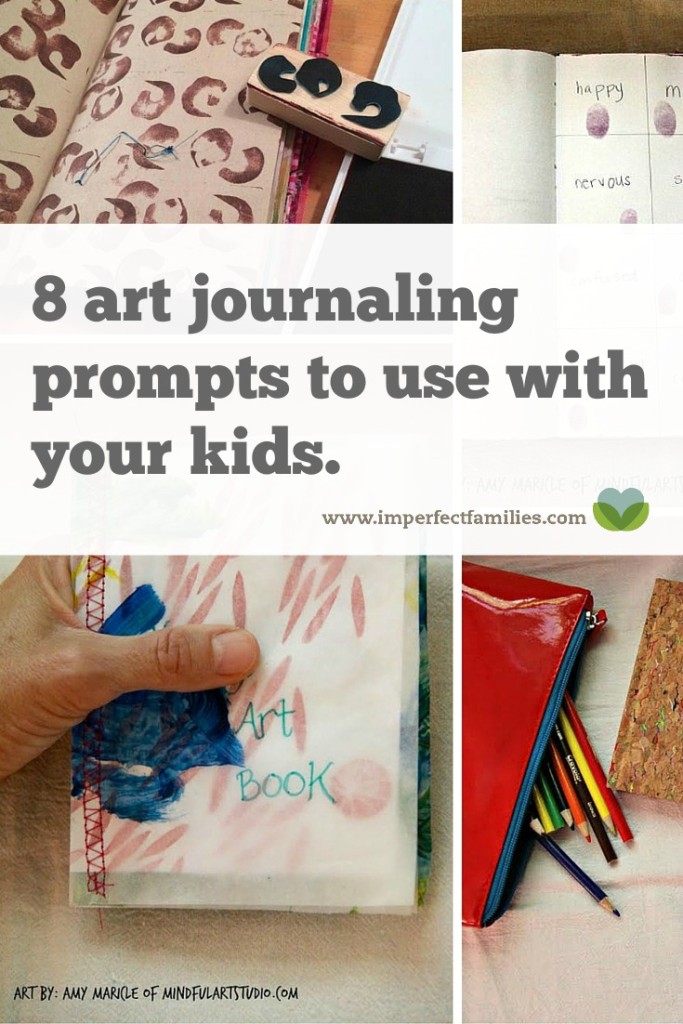
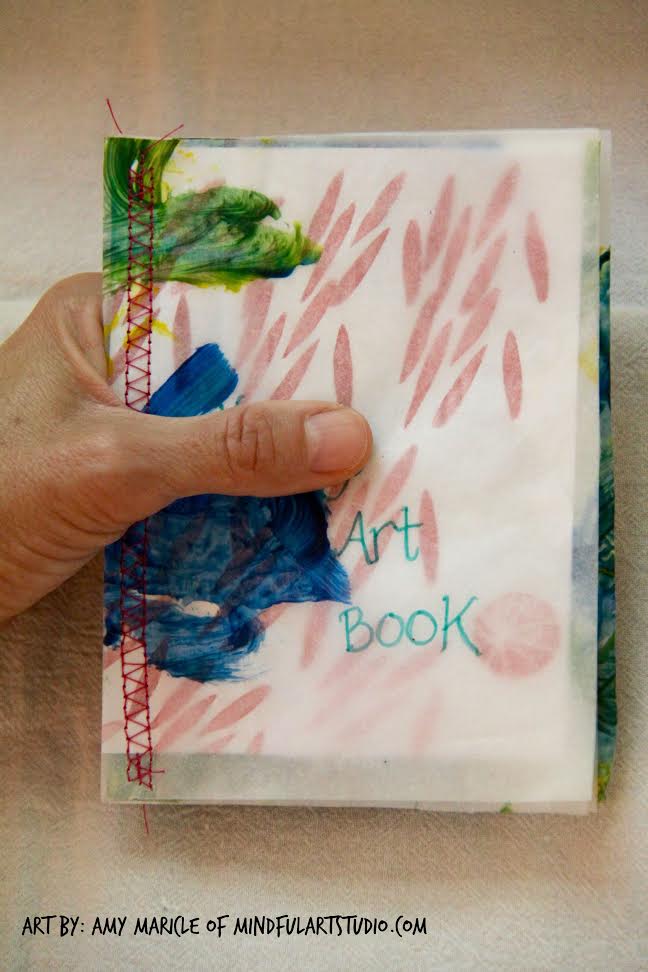
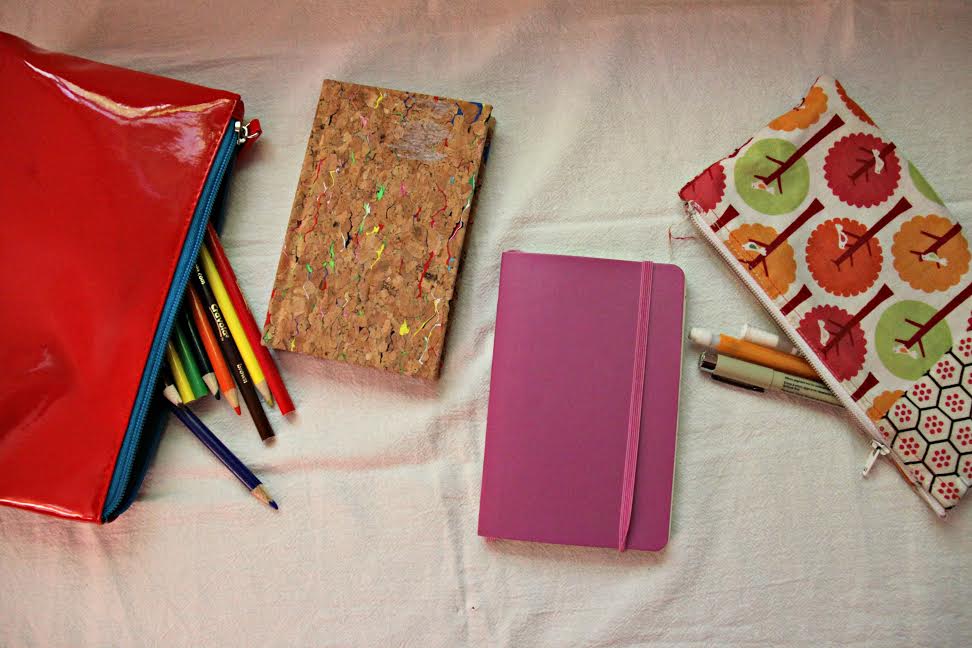
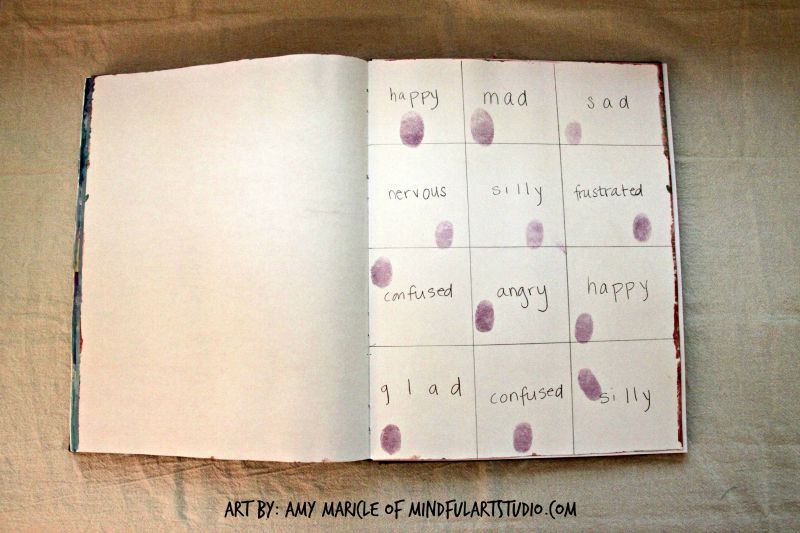
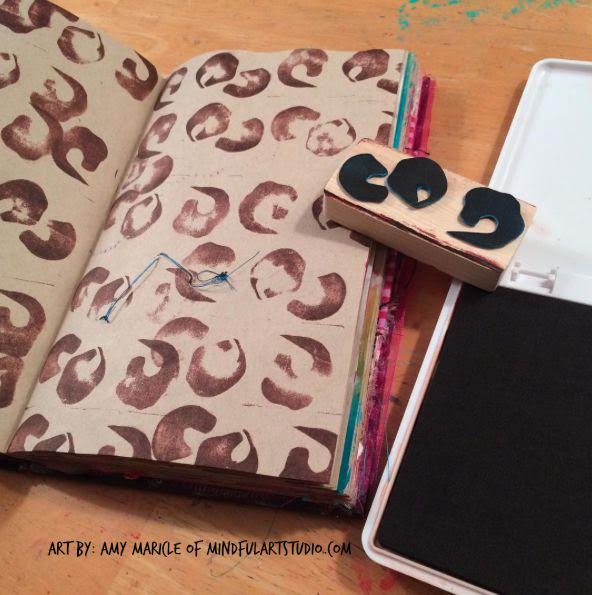

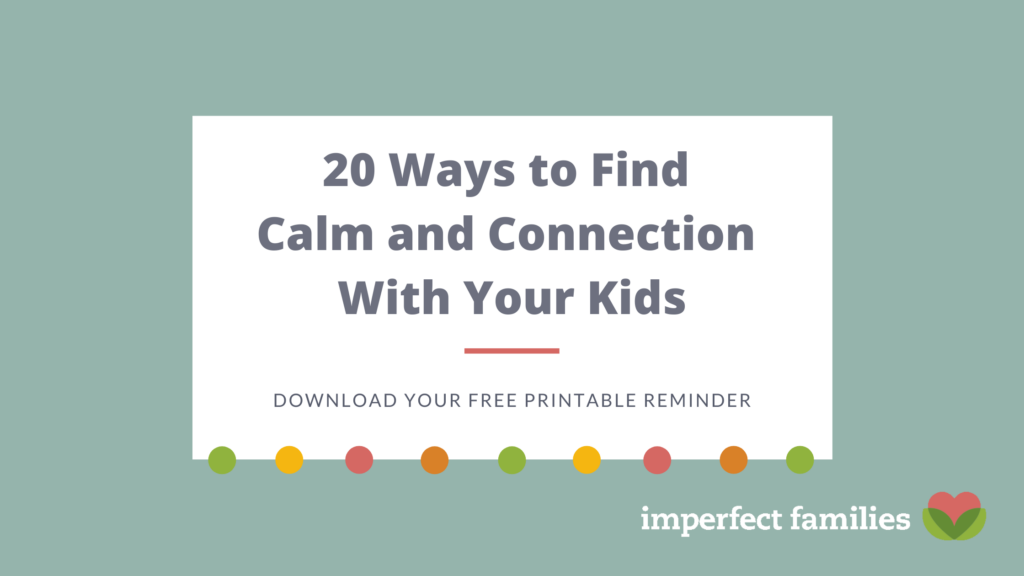
Comments have been turned off to retain the privacy of all families. If you have a question or comment on the topic, you're always welcome to contact me.